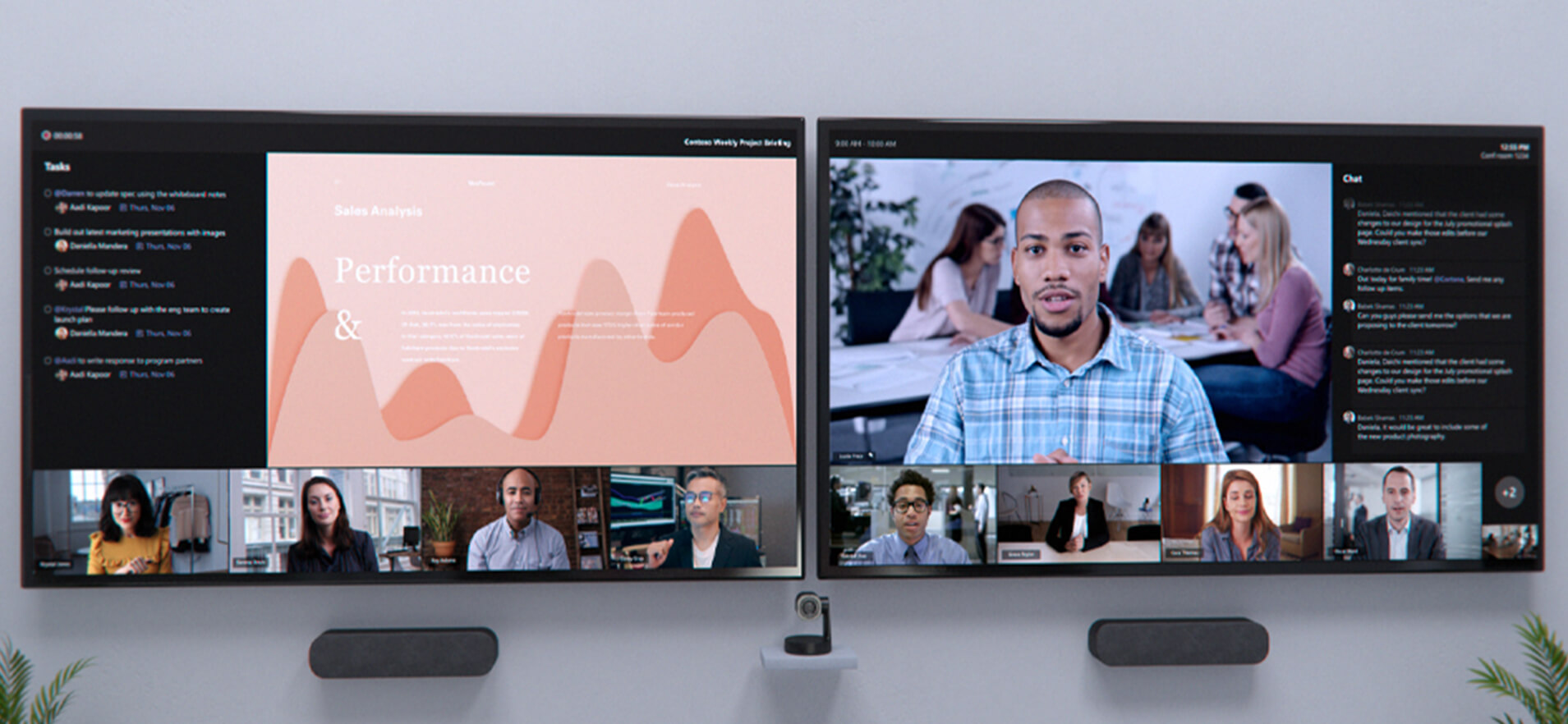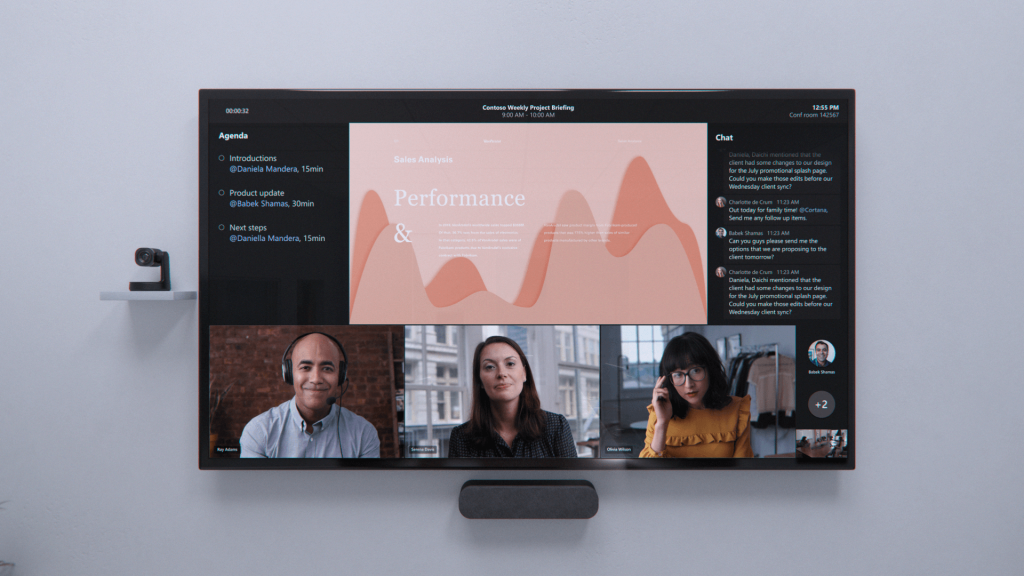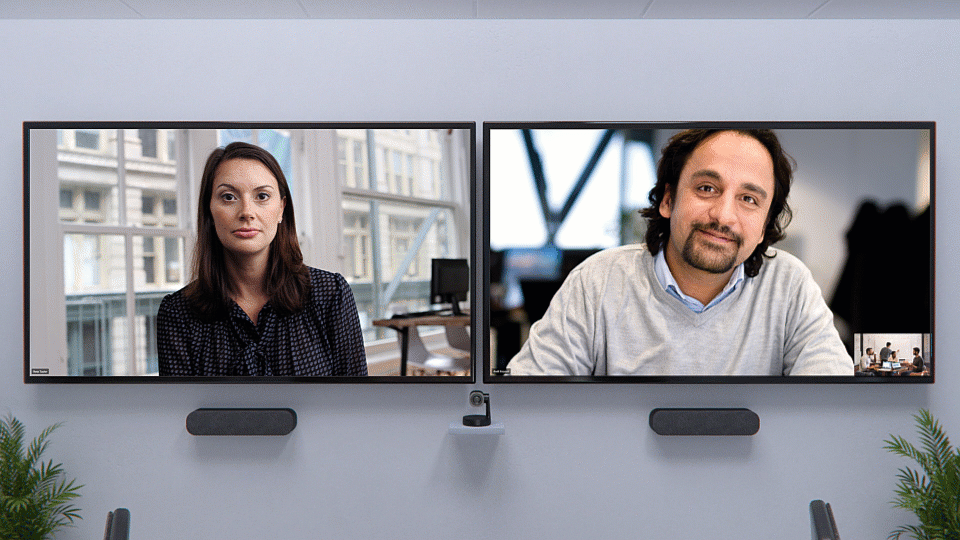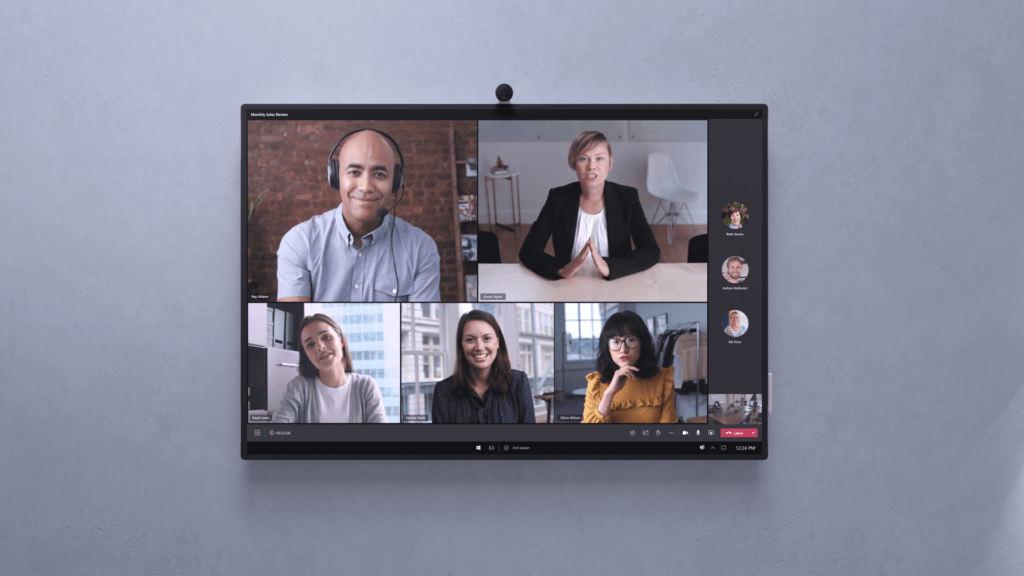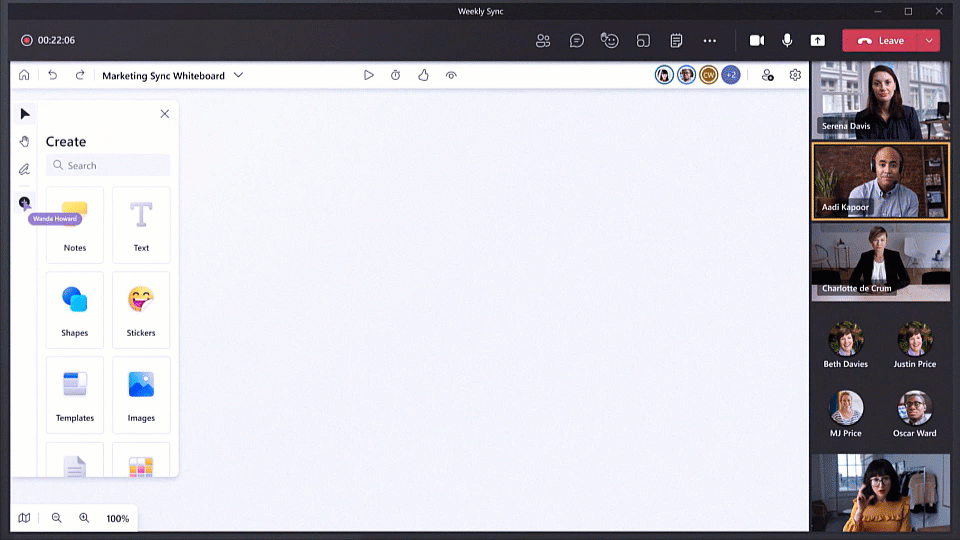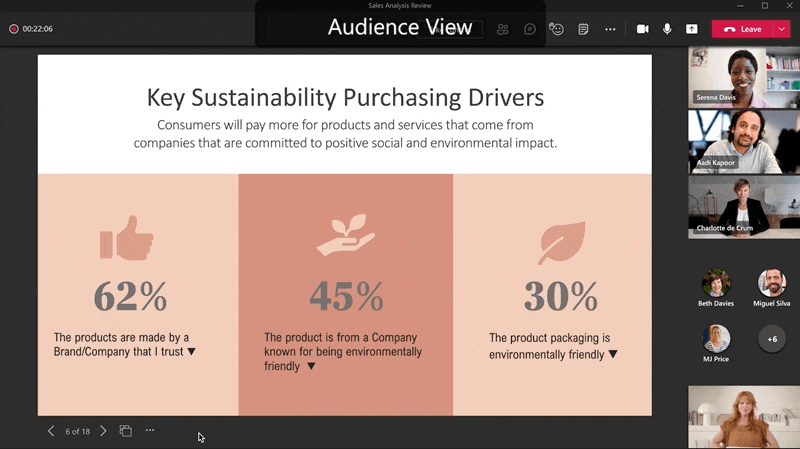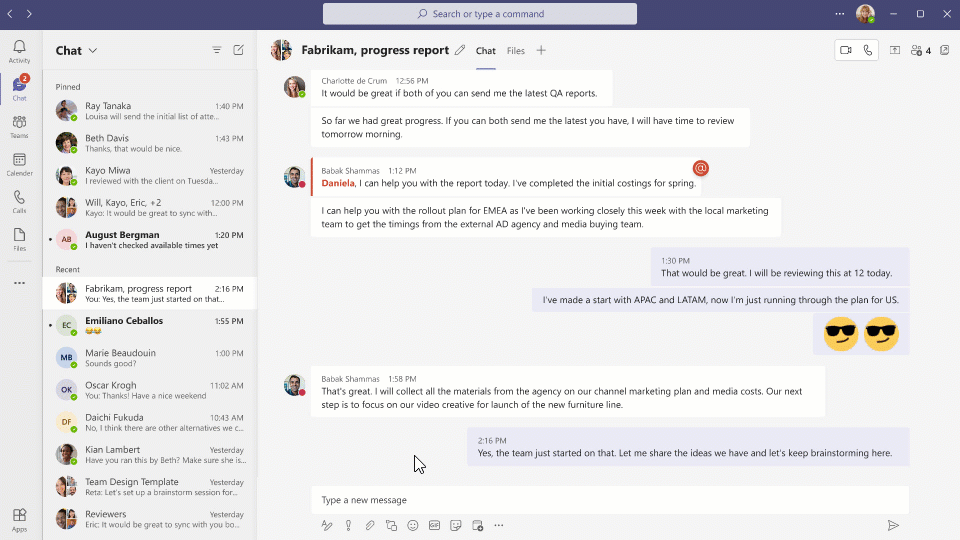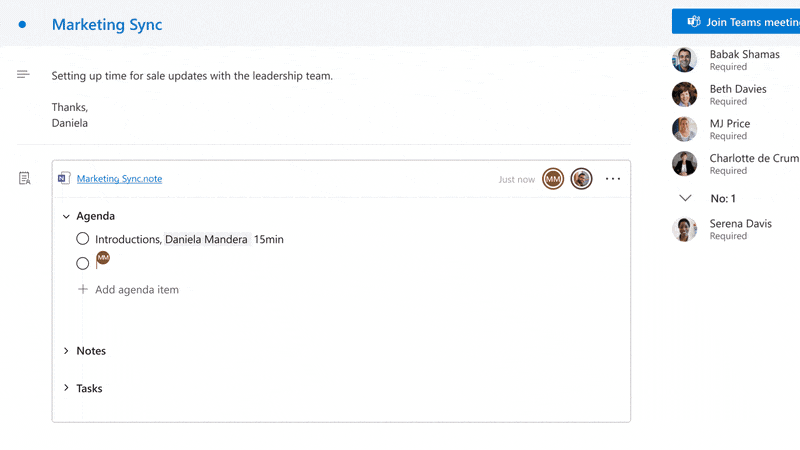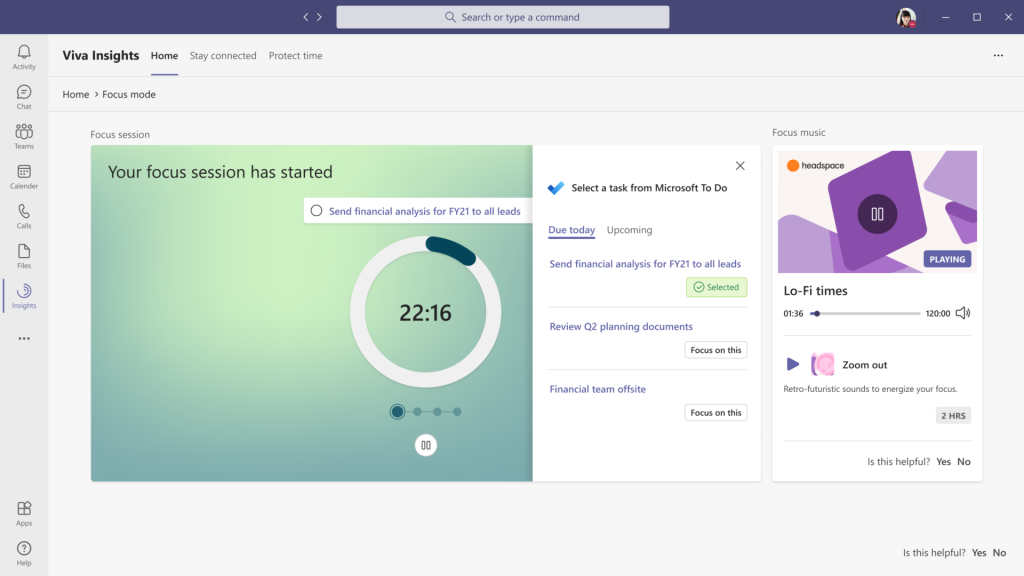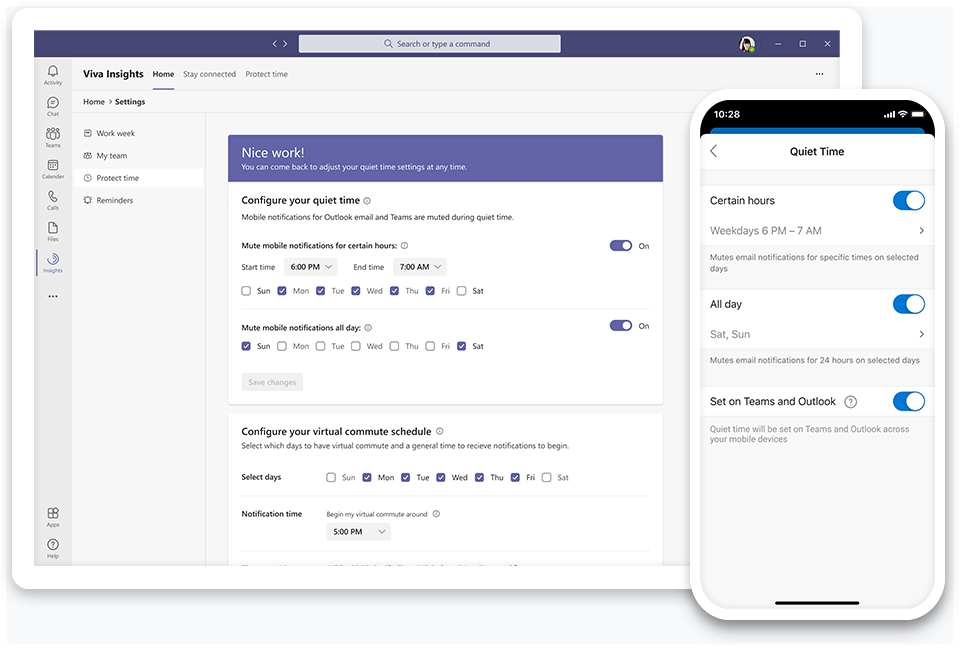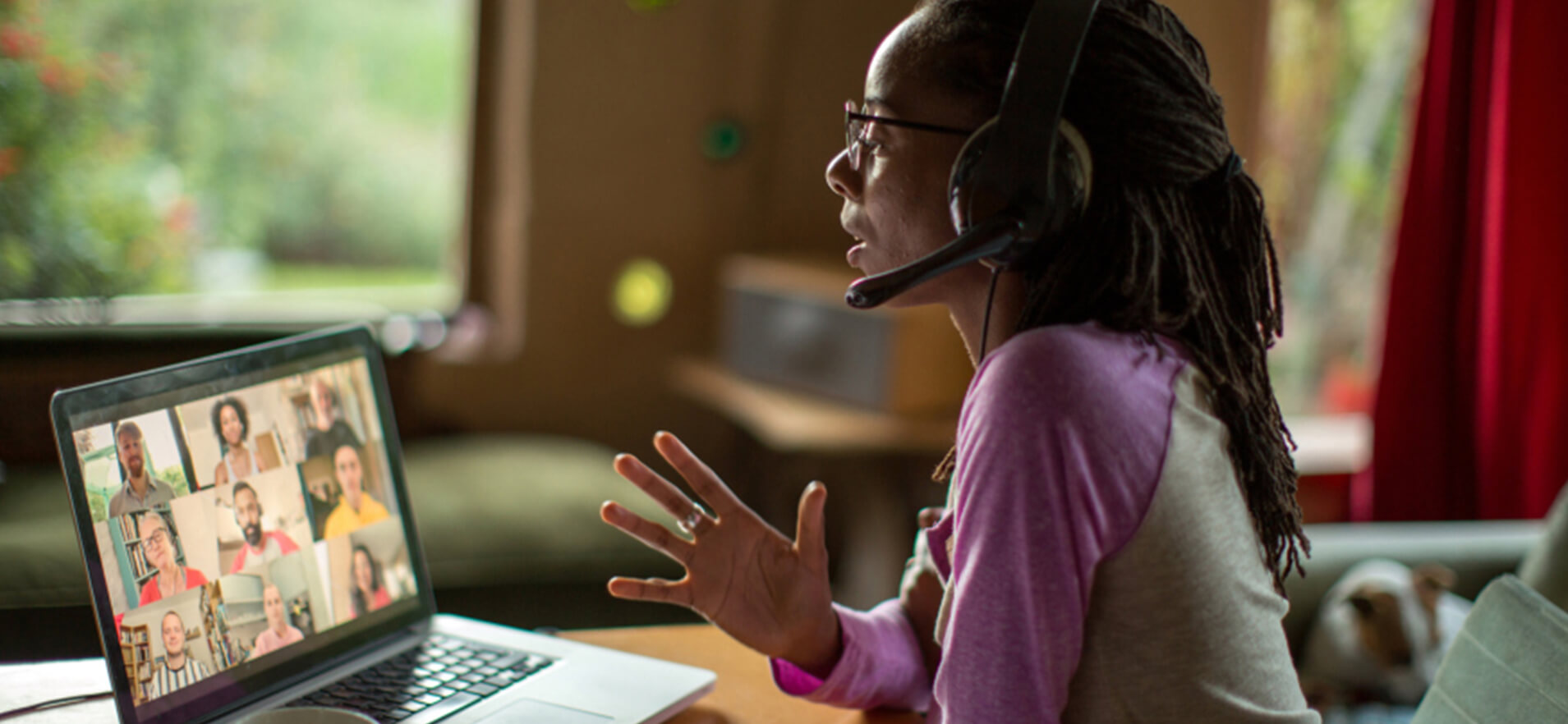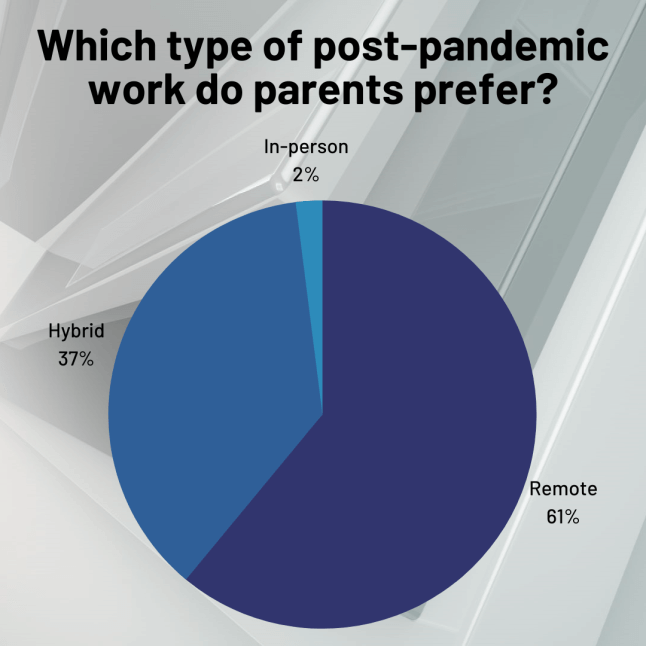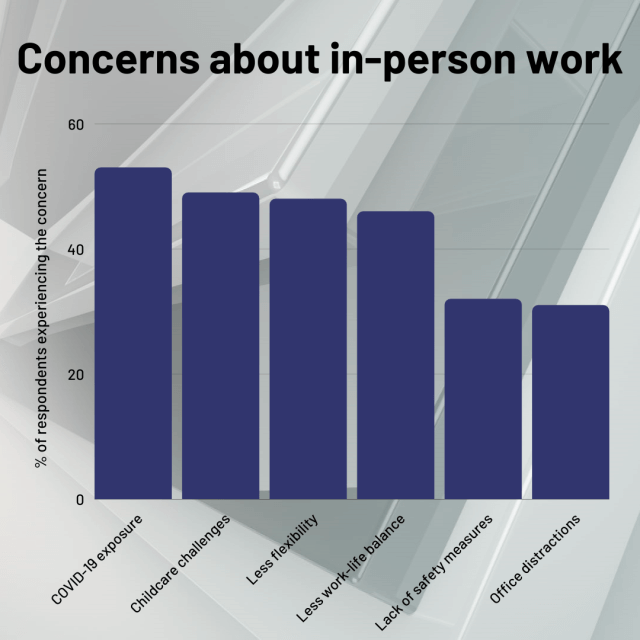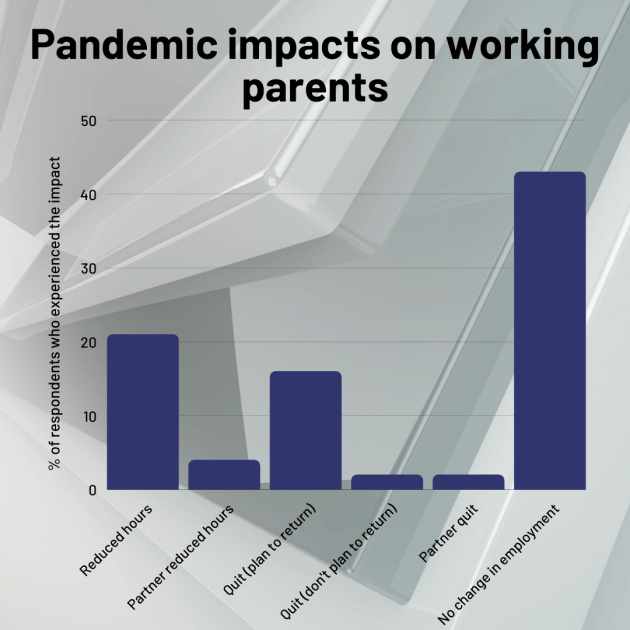Inclusive experiences through embedded interop
Over the past year, we’ve focused on our goal at Webex to empower inclusive collaboration. This is more important than ever in today’s hybrid world. Inclusivity means many things to many people, but at its core, it is to simply provide equal access to opportunities and resources. To me, this includes providing collaboration with an open platform – with open arms, if you will – to interoperate with multiple meeting platforms and productivity tools that our global village uses. Today, I’m excited to announce another step with inclusivity: Webex has partnered with Google Workspace to provide embedded video interoperability to enable user choice and drive boundless collaboration.
The reality is that people need workflows they can control; not ones that control them. This is more important than ever as we have extended our workplace well beyond the conference room and into our homes or hot-desks leading to less in-person interaction and an increase in remote meetings from different platforms any given day.
In a recent customer meeting, the CIO told us while 80% of meetings conducted happen on their preferred platform, 20% take place on other meeting platforms. And what about the customers that want or need to use a meeting provider that’s different from their video hardware provider? For example, in the past, there were extra steps involved to join your Webex Desk Pro to Google Meet. Our announcement today takes out those extra steps and makes it that much easier to focus on your work and not how you work.
Collaboration tools must enable productivity; not deter it with the friction of silos. This is precisely why today we’re unveiling interoperability between Google Workspace and Webex. Together we’re easing this burden for our joint customers. People can now natively join Google Meet video calls from Webex Devices and in reverse, Webex meetings from Google Meet video hardware.
Join Google Meet video calls from Webex Rooms devices
Picture a customer using the Google Workspace suite simply scheduling a meeting in Google Calendar or any supported calendar client. If using Google Meet, the meeting can be joined from a Webex Device with the click of a button. It’s that simple – maintaining the experience that customers of Webex Devices have come to expect.
When the meeting is approaching, the Webex Device displays the green One Button To Push (OBTP) prompt together with the Google Meet logo. This bypasses the need to enter meeting details, like a password or meeting ID. Devices registered to Webex (directly or through Webex Edge) can connect to Google Meet with media and signaling going directly from Google’s cloud to the Webex device and leveraging WebRTC technology.
Join Webex Meeting from Google Meet devices
The same works with Webex meetings on Google Meet devices as well. Google’s commitment to advancing WebRTC is key in enabling this easy and rich experience with Webex from Google Meet devices, bringing customers greater choice and flexibility in video communications.
To join a scheduled Webex meeting from any Google Meet hardware device, a user would simply add the room or device to the meeting invite. When the meeting approaches, it will automatically appear on the device’s agenda with the words “via Webex by Cisco.” The user would simply tap that meeting on their device and immediately join the Webex call. To join an ad-hoc Webex call, the user would tap ‘Find a meeting’ on their device, select Webex, and enter the desired meeting code.
When joining a Webex meeting from a Google Meet hardware device — either scheduled or ad-hoc — users will enjoy the seamless join experience and familiar Google Meet UI and call controls. Embedded interoperability with Webex is supported on the Google Meet Series One Desk 27 and Board 65 as well as the rest of the Google Meet hardware portfolio.
At Webex we’re laser-focused on providing the best possible customer experience to our customers — regardless of device or meeting platform. Thanks Google Workspace, for the collaboration that offers customers yet another positive experience. Together, we’re committed to empowering an inclusive future for all.
Author: Snorre Kjesbu



